Right around page 25. THRESHER went down with them installed. Not saying the Permits had them. I believe they were quickly replaced by better technology. There is also some scuttle butt about whether it went down with a 5-blade Skipjack prop or quieter 7-blade prop. I tried to model mine as she might have looked at the time of her loss. I went with the 7-blade prop for several reasons. Document refers to them as 'puffs'. 0859672.pdf
1/48 3D Printed USS Jimmy Carter
Collapse
X
-
-
-
Comment
-
Those six (three on each side) stand-off structures contain arrays of hydrophones that are electronically scanned. They are Wide Aperture Arrays (WAA). Passive sonar that, because of the geometry of their positions on the hull, can derive useful bearing AND range of local noise sources; lets you work up a useful solution without pinging yourself. This is the current offspring of the old PUFFS. Pretty slick. As the exterior structure of all modern American submarines are about 70% pressure hull you can't inlay the WAA hydrophones, that's why the arrays stand proud of the hull. Ugly, but serviceable.
Break out the Bondo and soften the edges between WAA structure and hull. A convex, not concave transition.
David
Task MasterWho is John Galt?Comment
-
David, Steve,
For reference attached are plan and side view projections of the Thresher PUFF's array with dimensions from the Thresher CAD model I made a while back. These were based on photo interpretation / measurement from the Thresher wreck photo's so there is some uncertainty in the actual dimensions, so don't take the 1/4" resolution on the measurements as an indication of accuracy... I need to check my notes again to see if I made some better refinement of the measurements - also I made a post on the forum a few months back with some more details and assessment, I just need to find it again for cross reference (Steve, if I recall correctly this is what you used as reference for your model?).
The Thresher wreck photo's show that the PUFF's arrays were installed on Thresher at the time of her loss. Also there is a drydock photo of USS Barb showing the PUFF's installed, but no other photographic evidence they were installed on other boats of the class.
Comment
-
Here is the link to the thread on the Thresher PUFFS arrays for reference
I've started researching a bit the different configurations of the Thresher / Permit class & have a couple of questions on the rudder and rear dive plane arrangements. Most plans & scale models of the Thresher / Permit class submarines show the rudders and rear planes rotate around a fixed bearing block with a cutoutComment
-
Excellent! Thank you so much for your careful work and sharing it with us. I'll start hacking away at a 1/72 and 1/96 PUFF array masters this morning.Here is the link to the thread on the Thresher PUFFS arrays for reference
https://forum.rc-sub.com/forum/gener...one-end-plates
Most appreciated.
DavidWho is John Galt?Comment
-
Yes. Thank you again for the information on the Thresher PUFFS. I could not rember where your thread was but my rendition is based entirely on your find and documentation. I wish there was similar photo evidence for the prop but I know the Navy's stance on that. My gut feel is that it had the 7-blade but I have not been able to determine that for sure.Here is the link to the thread on the Thresher PUFFS arrays for reference
https://forum.rc-sub.com/forum/gener...one-end-platesComment
-
I sense more Tribute is in order at Subfest.
Those six (three on each side) stand-off structures contain arrays of hydrophones that are electronically scanned. They are Wide Aperture Arrays (WAA). Passive sonar that, because of the geometry of their positions on the hull, can derive useful bearing AND range of local noise sources; lets you work up a useful solution without pinging yourself. This is the current offspring of the old PUFFS. Pretty slick. As the exterior structure of all modern American submarines are about 70% pressure hull you can't inlay the WAA hydrophones, that's why the arrays stand proud of the hull. Ugly, but serviceable.
Break out the Bondo and soften the edges between WAA structure and hull. A convex, not concave transition.
David
Task MasterComment





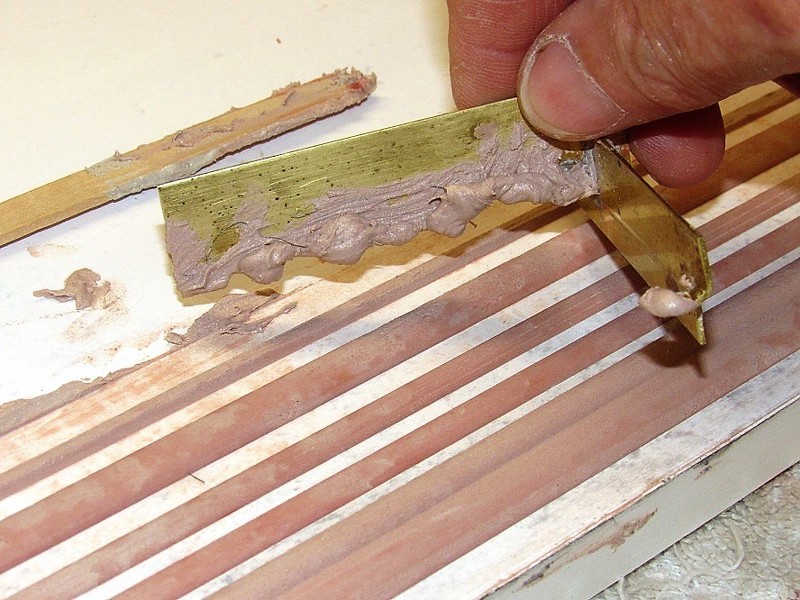
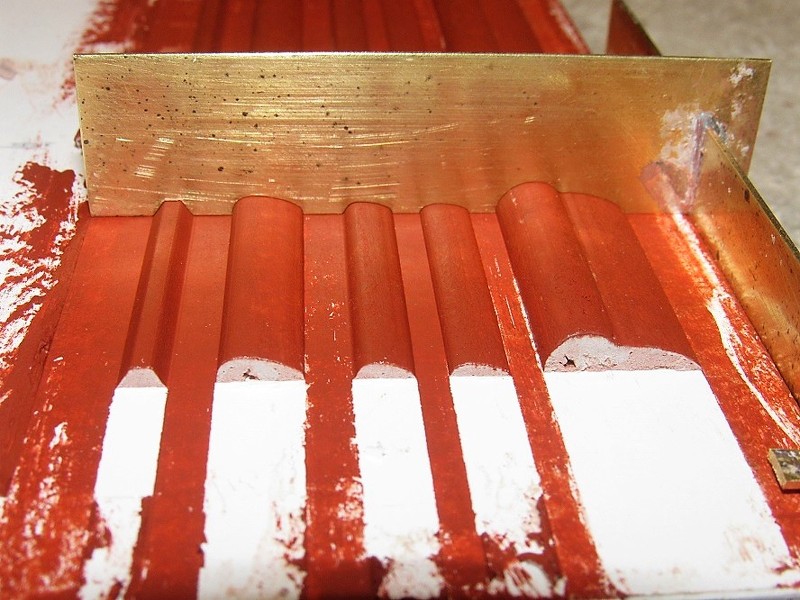
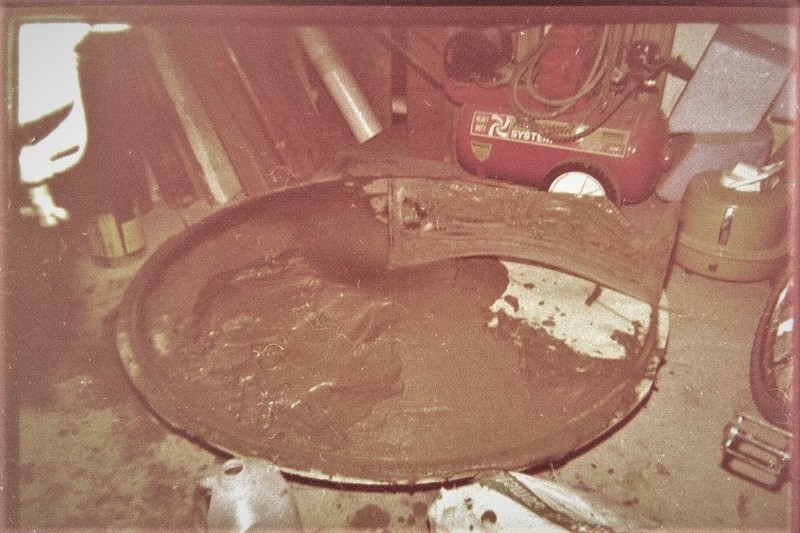
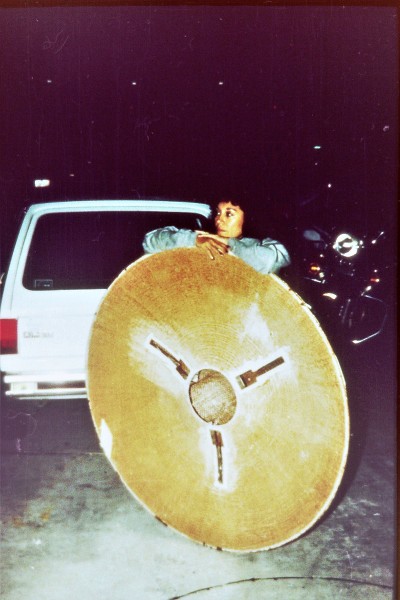
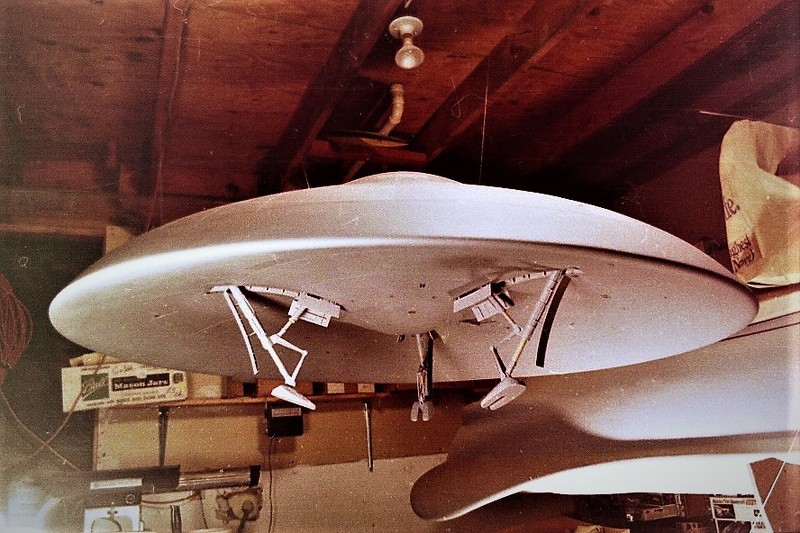
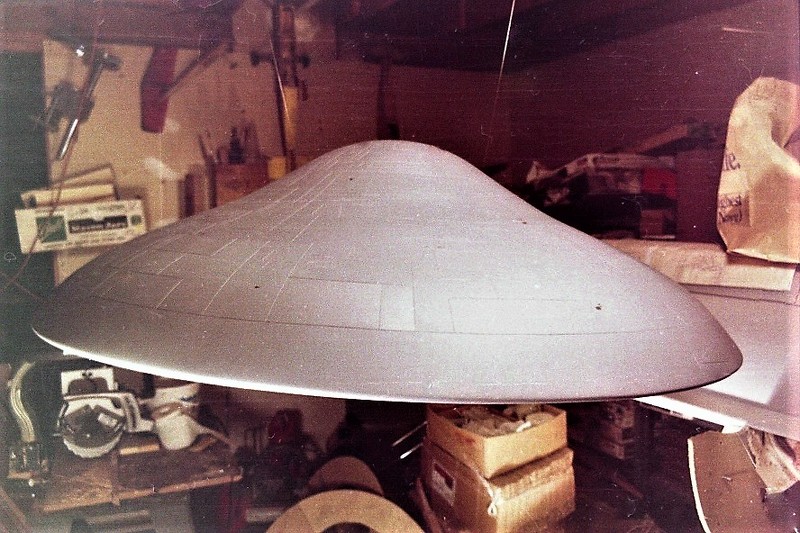


Comment